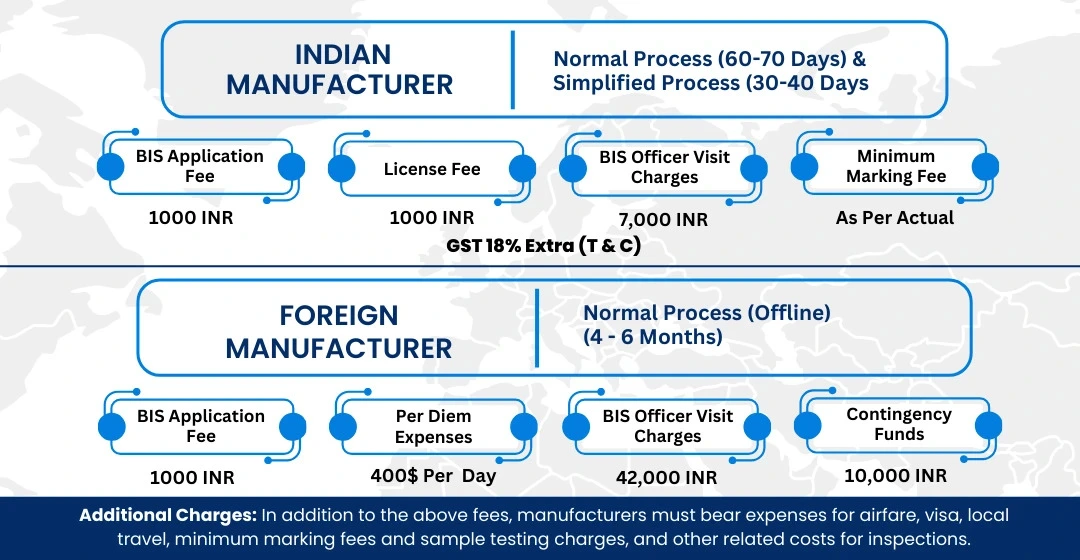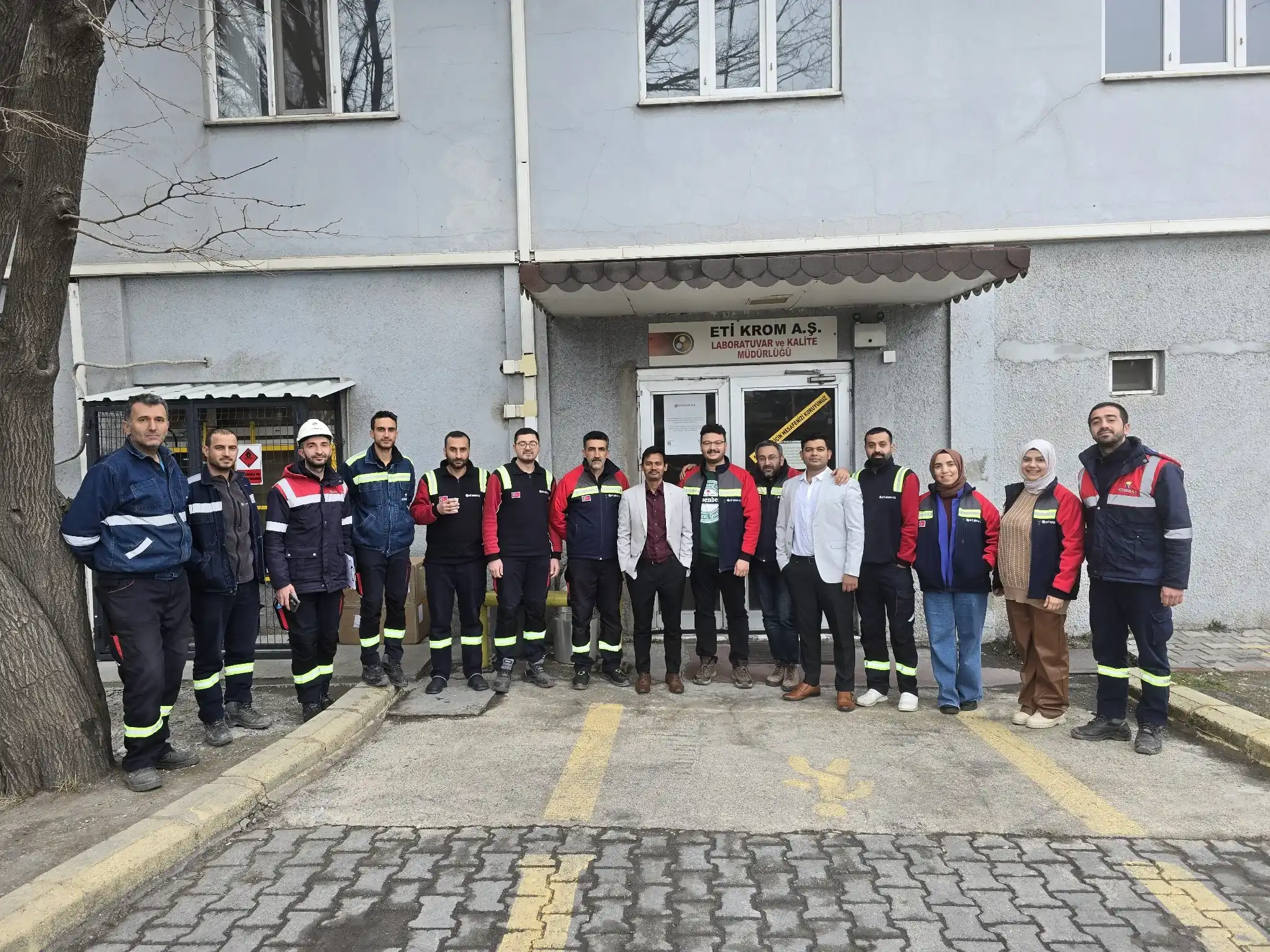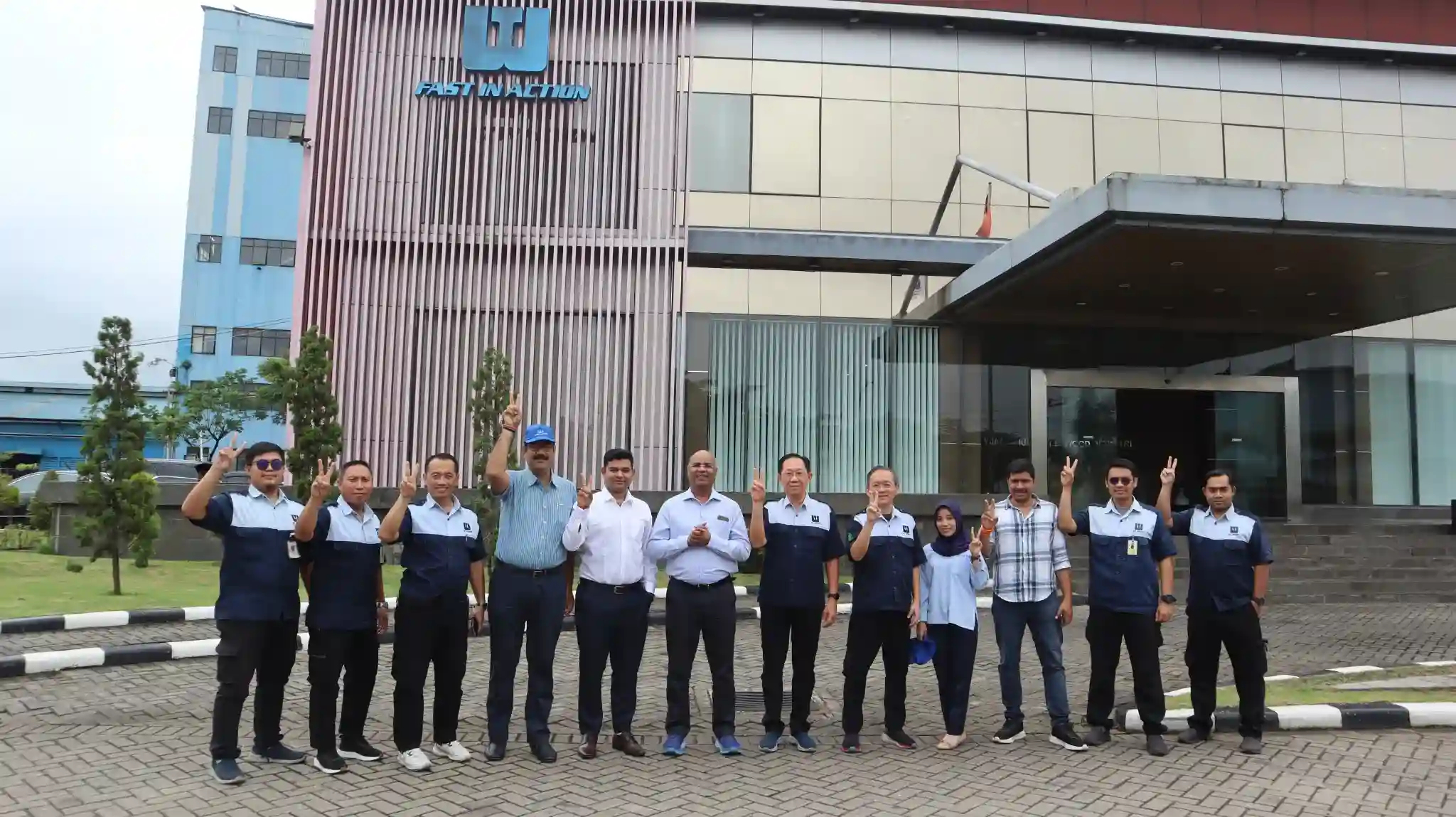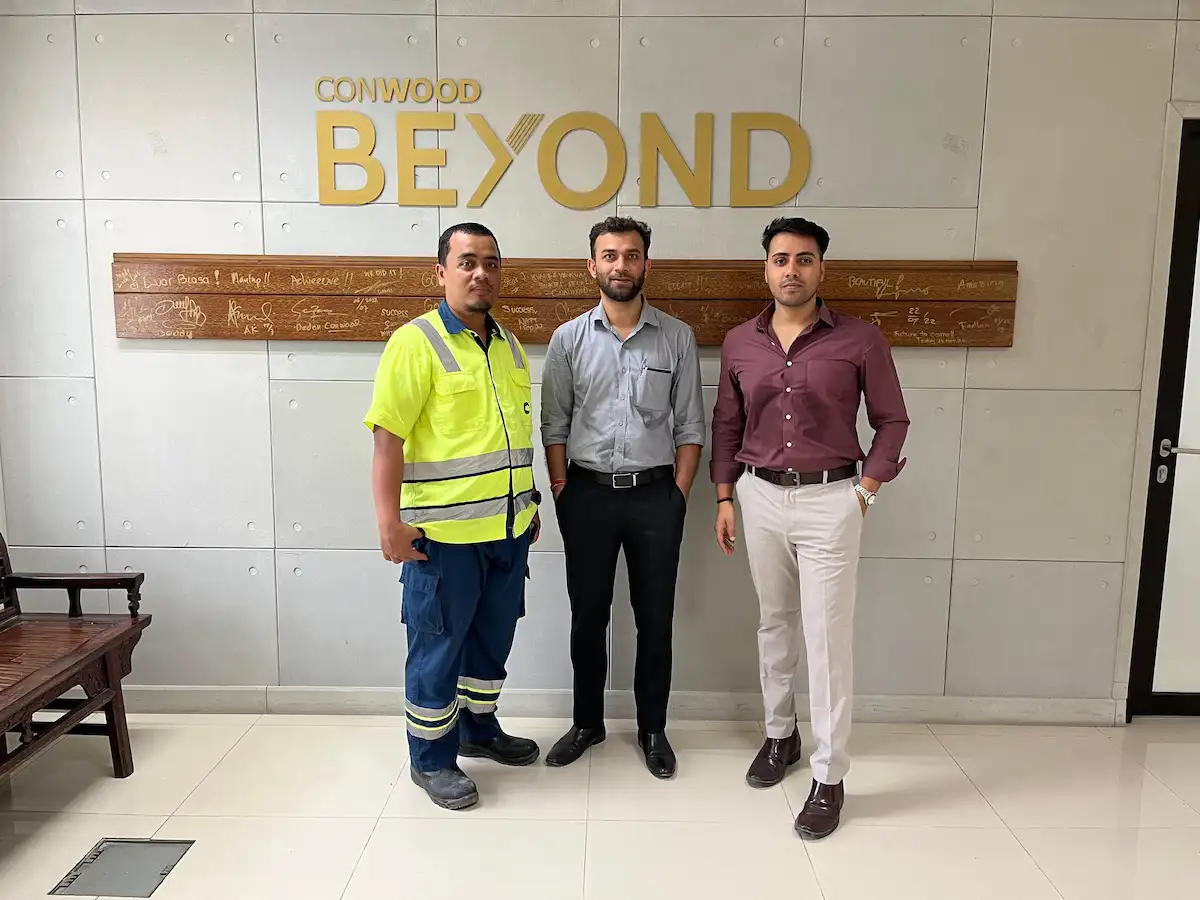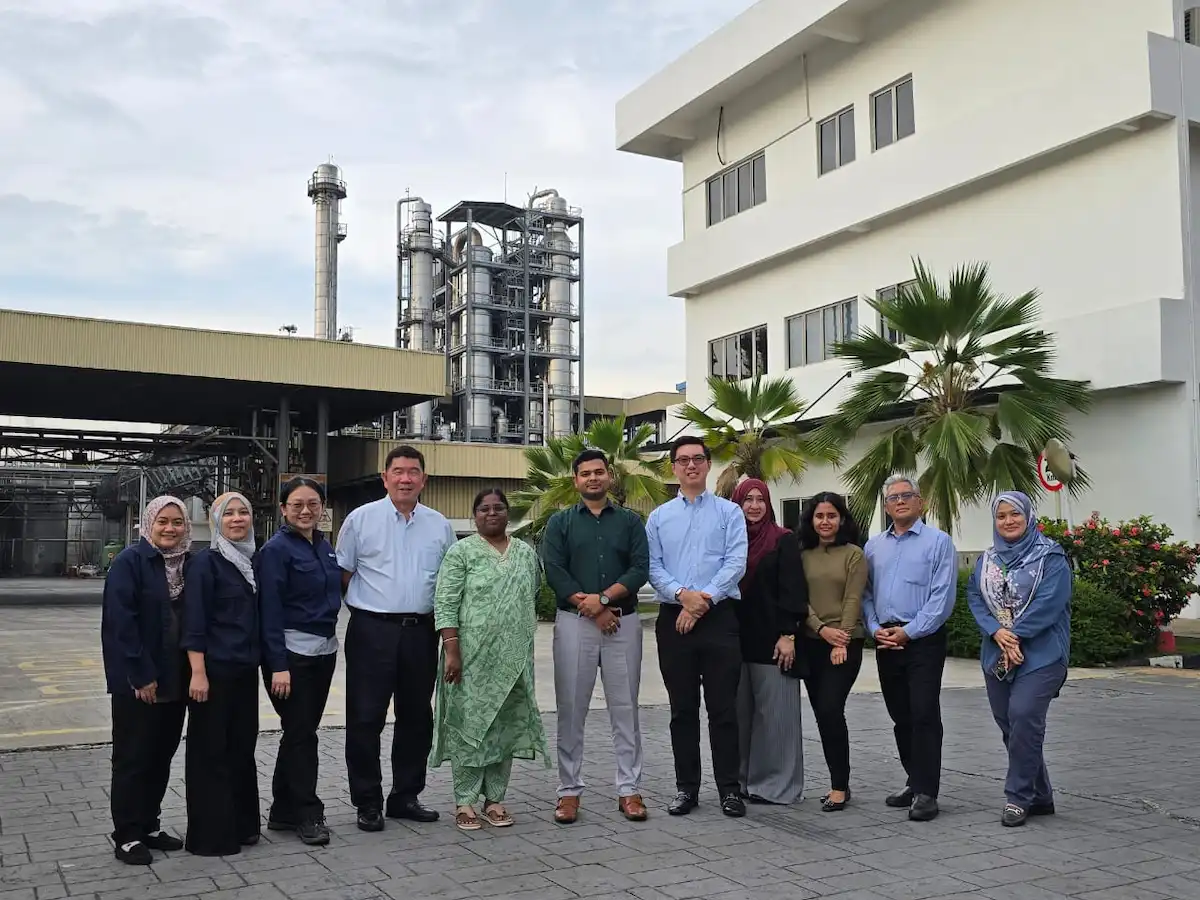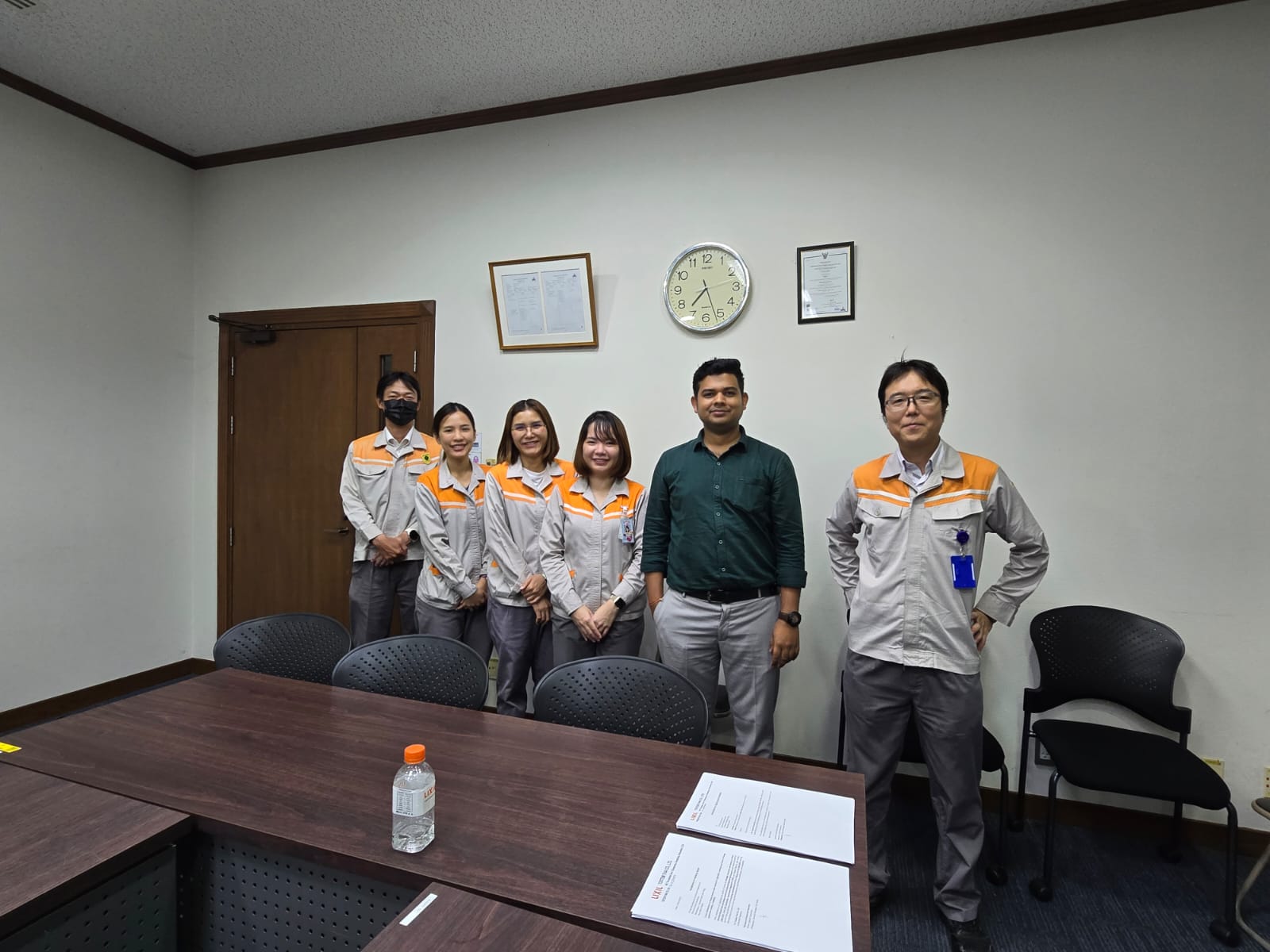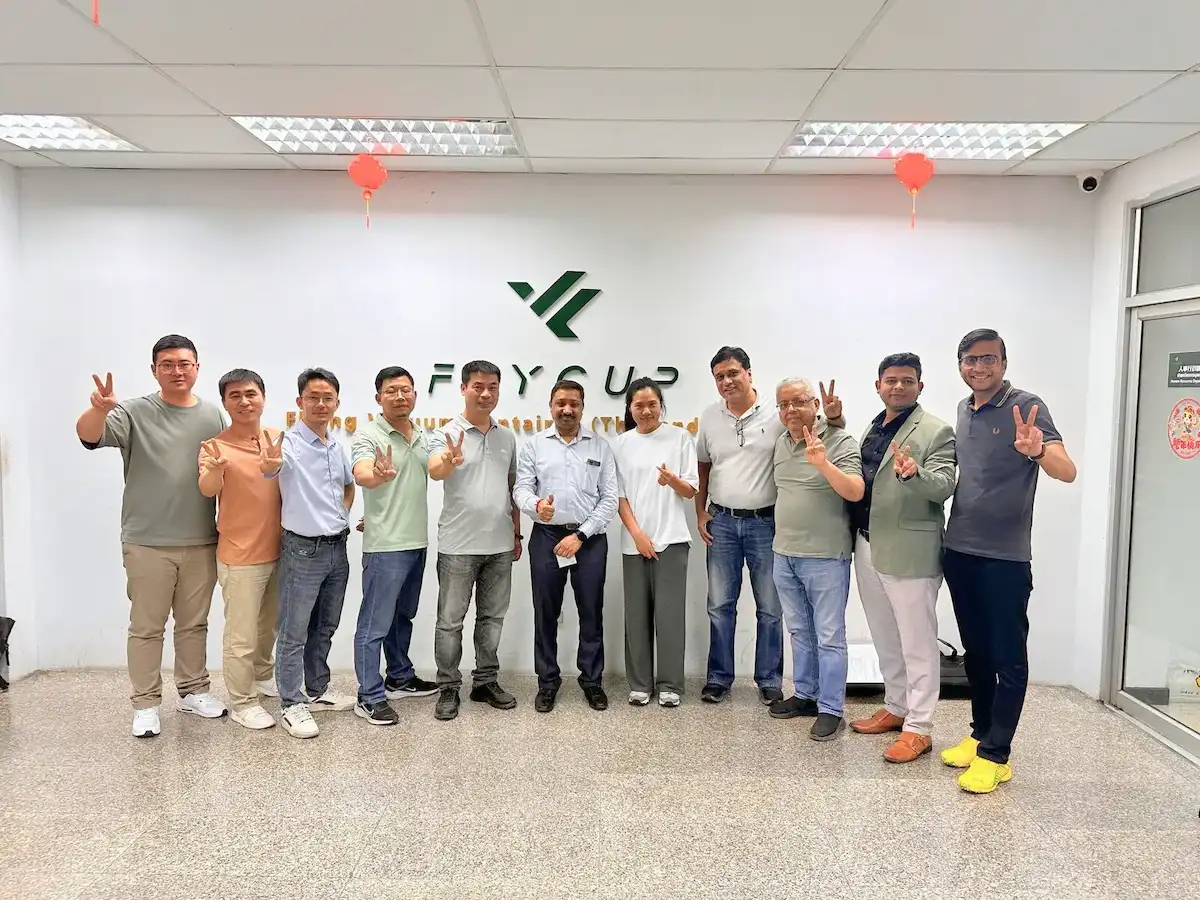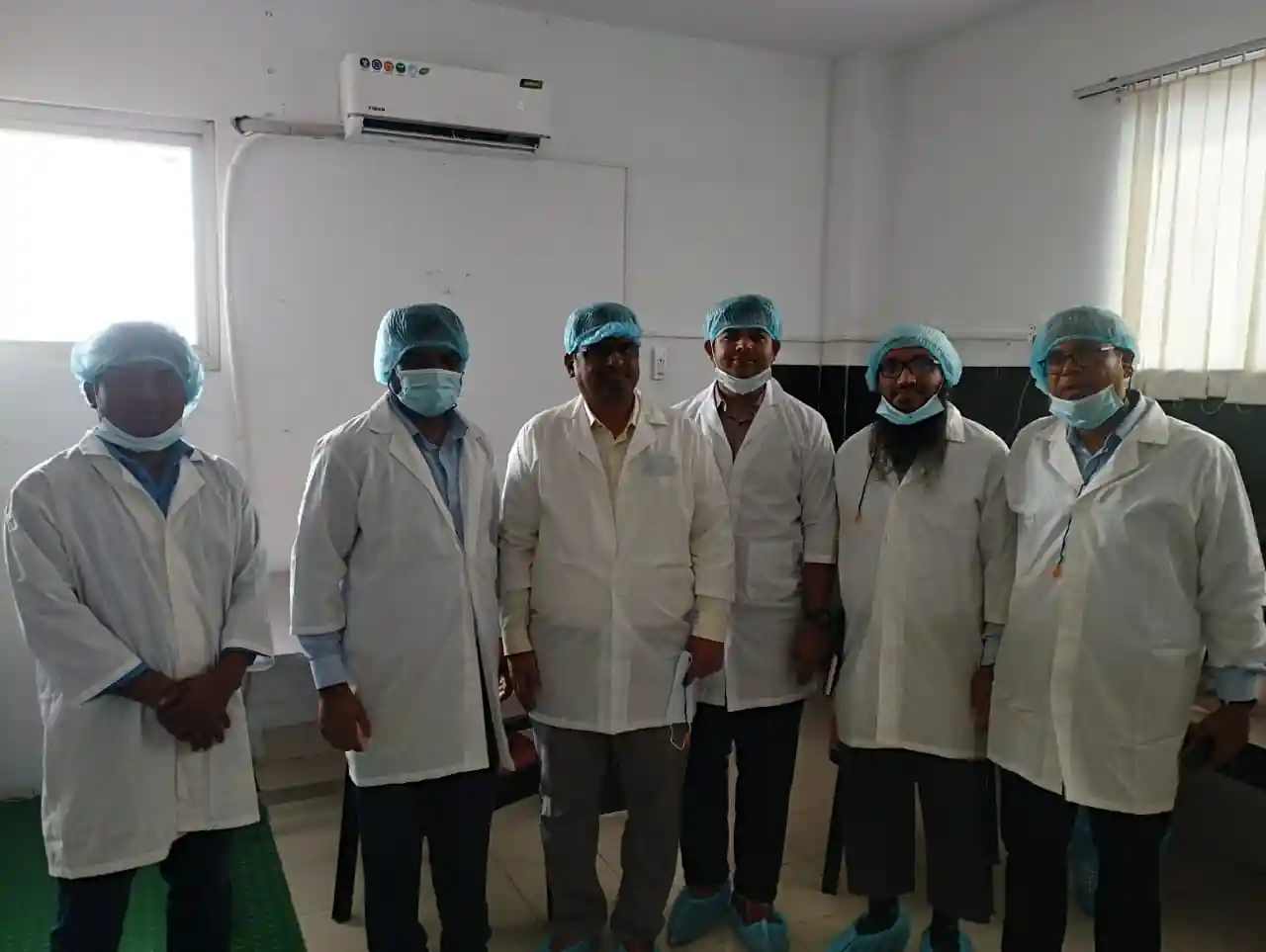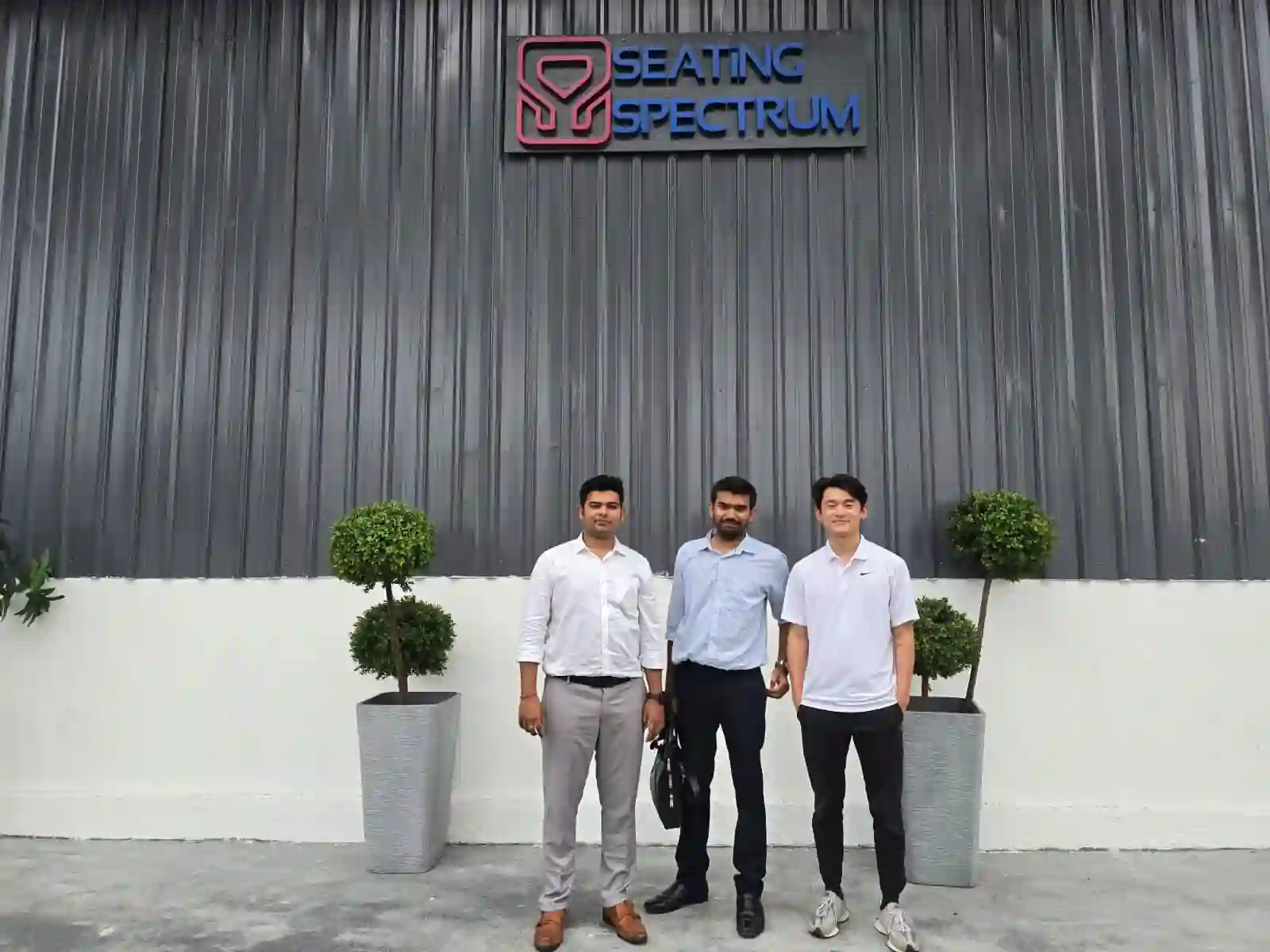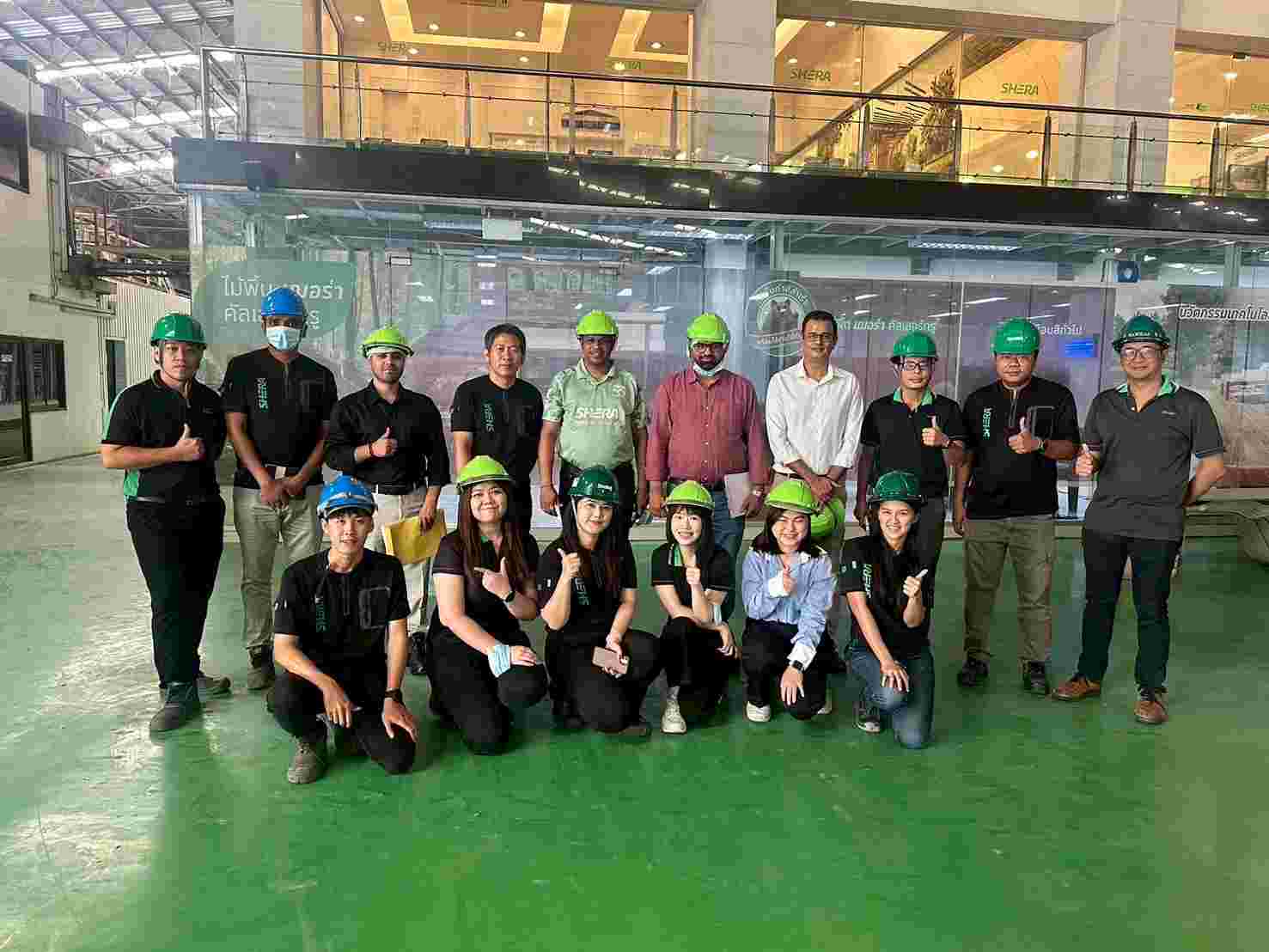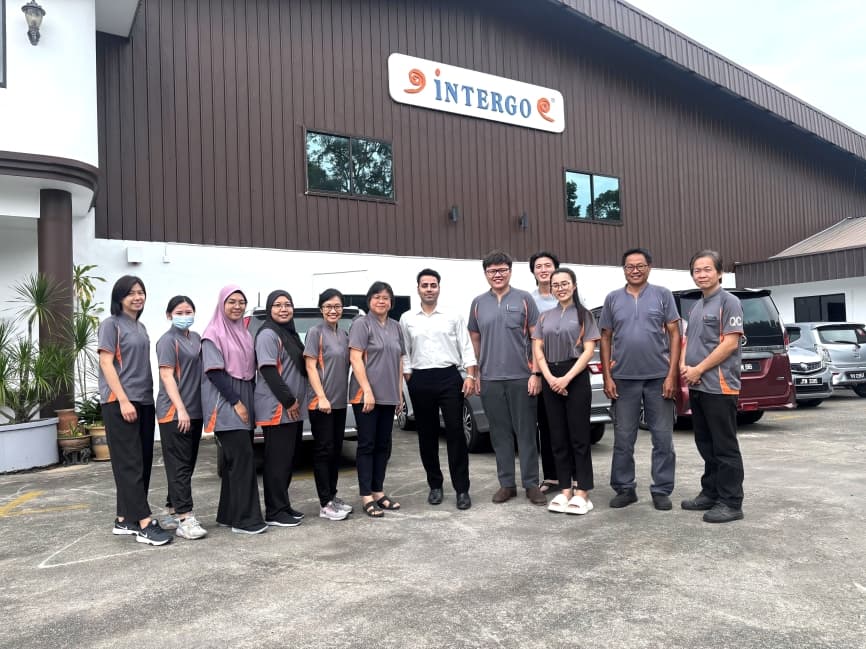BIS Certification for Agro Textiles: Shade Nets Made from Tape Yarns IS 16008 (Part 1):2016
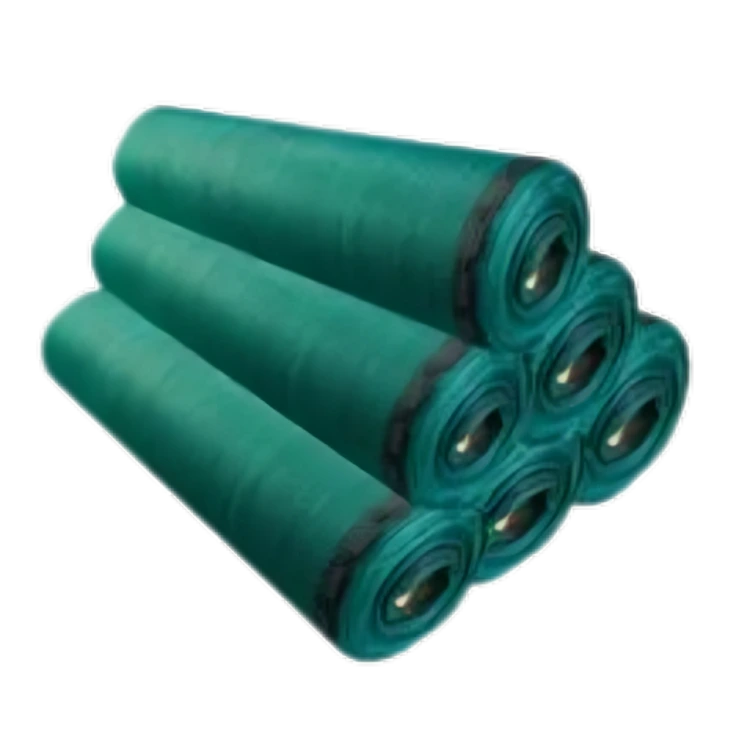
In the evolving agricultural landscape, agro textiles play a vital role in enhancing productivity and sustainability. Among them, shade nets have emerged as a critical solution in agriculture and horticulture for protecting crops from harsh climatic conditions. These nets regulate sunlight exposure, reduce temperature, and act as a barrier against wind, pests, and excessive evaporation. To ensure safety, performance, and quality, the Bureau of Indian Standards (BIS) mandates certification for shade nets under IS 16008 (Part 1):2016.
What is IS 16008 (Part 1):2016?
IS 16008 (Part 1):2016 is the Indian
Standard that specifies the constructional
and performance requirements for shade
nets made from tape yarns, intended for use in agriculture and
horticulture. These nets are woven from high-density
polyethylene (HDPE) tape yarns, typically treated with UV stabilizers to
ensure durability under prolonged sun exposure.
This standard classifies shade nets based on their shading factor, usually categorized as 50%, 75%, or 90%. Each type serves a specific agricultural purpose, from nurseries and greenhouses to fruit orchards and flower cultivation.
Why BIS Certification for
Shade Nets is Crucial
The BIS certification ensures that the
shade nets:
Without BIS certification, manufacturers cannot legally sell or distribute these products under the ISI mark in the Indian market. It is especially important for state or central government procurement, where compliance is a prerequisite.
Key Parameters Covered
Under IS 16008 (Part 1):2016
To qualify for BIS certification,
shade nets made from tape yarns must conform to several technical and physical
specifications. These include both dimensional
and mechanical properties, verified
through standardized testing methods.
Major Tests
Conducted:
● Width of Tape
● Linear Density
● Heat Shrinkage (HDPE Tapes)
● Colour Fastness to Artificial
Light
● Mass per Unit Area
● Retention of Breaking Strength
after UV Exposure
● Average Breaking Strength of
Fabric
● Bursting Pressure
● Shading Percentage
● Conditioning of the Sample
These tests confirm whether the product meets required functional, mechanical, and climatic resistance parameters, ensuring suitability for Indian agro-climatic zones.
BIS Certification Process for Shade Nets
The process of obtaining a BIS license
for shade nets includes the following steps:
- Documentation: Prepare technical documentation including product drawings, production details, and quality control mechanisms.
- Application Submission: Apply through the BIS online portal with the necessary paperwork.
- Factory Inspection: BIS officers audit the manufacturing facility to evaluate production capacity, in-house testing equipment, and quality assurance.
- Sample Collection & Testing: Random samples are collected and sent to a BIS-approved laboratory for comprehensive testing as per IS 16008 (Part 1):2016.
- Grant of License: Upon successful audit and test reports, the BIS issues a license, authorizing the use of the ISI mark on the certified product.
To Know The Process in Detail, Please Visit:
Under BIS Registration Products ISI and CRS
Documents Required for BIS Certification
To apply for BIS certification, manufacturers need to submit the following documents:
● Application form
● Manufacturing process details
● Quality control plan
● Test reports from BIS-approved laboratories
● Factory layout and equipment details
● Proof of business registration
● Product specifications and technical details
● Declaration of conformity to Indian standards
Additionally, manufacturers may be required to provide proof of compliance with environmental and safety regulations, depending on the specific type of product being certified.
BIS ISI Mark Certification Costing And Timeline
Benefits of BIS
Certification for Manufacturers and End-Users
For manufacturers, BIS certification:
For farmers and end-users, it:
Conclusion
Shade nets made from tape yarns, when
manufactured in compliance with IS 16008 (Part 1): 2016, become a powerful
agricultural tool for modern agriculture. BIS certification ensures these nets
meet the stringent quality, safety, and performance standards necessary for
effective agricultural use. However, navigating the certification process
requires a technical understanding and adherence to procedural compliance.
That’s where EVTL India, a leading BIS certification consultancy, steps in. We
assist manufacturers through every stage—from documentation and testing to
audit preparation and final license approval. Our team of BIS experts ensures a
smooth, timely, and hassle-free certification journey so your product meets
regulatory requirements and earns its rightful place in the market.
Free Call Back
Latest News & Update
📅 BIS Critical Component List (CCL) Updates for Solar PV Modules
🕒 BIS Fee Concessions for MSMEs and Startups | EVTL India
📅 Guidelines for Implementation of Essential Requirements for Security of CCTV
🕒 Omnibus Technical Regulation (OTR) Amendment Order, 2025
🕒 Extension of Timeline for Filing Annual Returns by Battery Producers
📅 Extension of Timeline for Filing Quarterly and Annual Returns for E-Waste
🕒 Extension of Concurrent Running Period for IS 302-1: 2008 and IS 302 (Part 1): 2024
🕒 BIS Guidelines for Grant of Licence (GoL) | EVTL India
📅 CPCB Guidance on filing of Application, Fees and more
🕒 CPCB Notification on Labelling of Plastic Packaging
📅 Mandatory Compliance for Input Materials of Steel and Steel Products for Imports
🕒 BIS Guidelines for Scheme-X Certification for OTR-Regulated Products
📅 BIS Upgrades Product Certification License Numbers to 10-Digit Series
Why Choose EVTL INDIA
Expertise in Indian Regulatory Standards
End-to-End Support
Trusted by Top Indian & Global Brands
Fast Processing & Transparent Pricing
Strong Liaison with Indian Authorities
Company Profile



